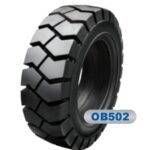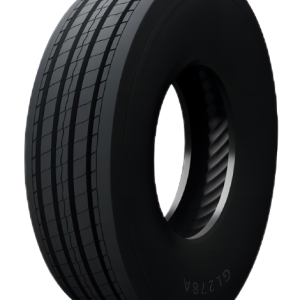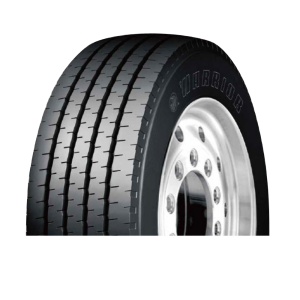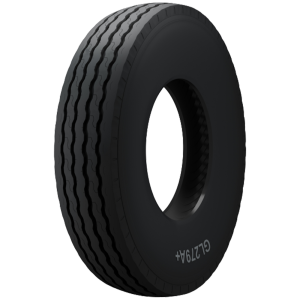Introduction
When selecting tires for heavy-duty vehicles, understanding the difference between 295/90R20 and 10.00R20 tire specifications is crucial. While these two sizes may appear similar at first glance, they represent fundamentally different design approaches with distinct performance characteristics. This comprehensive guide will break down their specifications, applications, and key differences to help you make an informed decision.
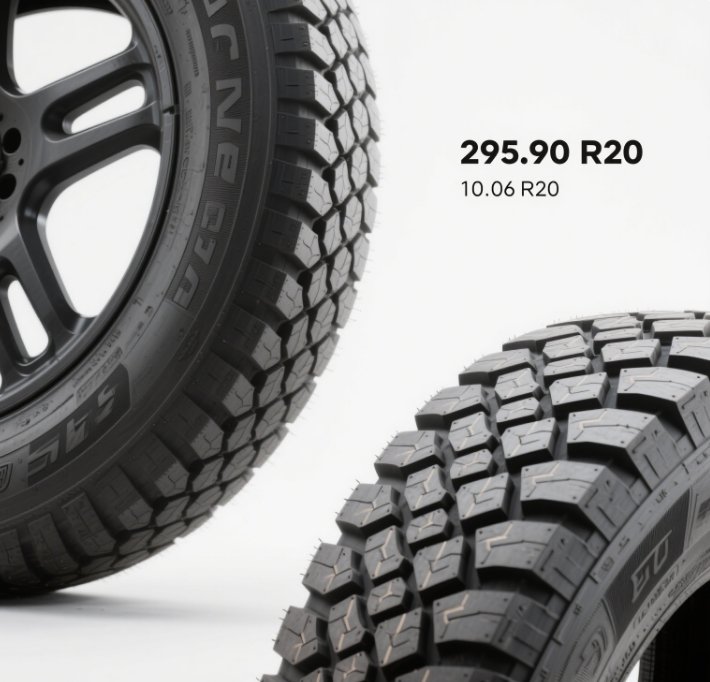
Understanding the Tire Size Nomenclature
295/90R20 Tire Specification Breakdown
- 295: Section width in millimeters (295mm ≈ 11.6 inches)
- 90: Aspect ratio (sidewall height is 90% of section width)
- R: Radial construction
- 20: Rim diameter in inches
10.00R20 Tire Specification Breakdown
- 10.00: Nominal section width in inches (10 inches ≈ 254mm)
- R: Radial construction
- 20: Rim diameter in inches
Key Parameter Comparison
| Parameter | 295/90R20 | 10.00R20 |
|---|---|---|
| Section Width | 295mm (11.6 inches) | 254mm (10 inches) |
| Aspect Ratio | 90% | ~80% (implied) |
| Overall Diameter | ~1118mm (44 inches) | ~1054mm (41.5 inches) |
| Tread Pattern | Highway-optimized | Mixed/off-road oriented |
| Load Capacity | Typically 3,000-3,500kg per tire | Typically 3,500-4,000kg per tire |
| Speed Rating | Usually L (120km/h) or higher | Usually K (110km/h) |
| Rolling Resistance | Lower (better fuel economy) | Higher |
| Rim Compatibility | Requires specific rim widths | More flexible rim requirements |
Performance Characteristics
295/90R20 Tires:
- Highway Performance: Optimized for long-haul transportation with reduced rolling resistance
- Comfort: Higher sidewalls provide better shock absorption
- Precision: Metric sizing allows for more exact performance tuning
- Fuel Efficiency: Generally offers 3-5% better fuel economy than comparable 10.00R20 tires
10.00R20 Tires:
- Durability: Thicker tread and stronger construction for harsh conditions
- Traction: More aggressive tread patterns for mixed surface use
- Load Capacity: Typically higher load ratings for heavy applications
- Versatility: Proven performance in both on-road and off-road environments
Application Scenarios
Best Uses for 295/90R20 Tires:
- Long-haul trucking and freight transportation
- Modern fleet vehicles focusing on fuel efficiency
- Highway-dominant operations with minimal off-road use
- Applications where precise handling characteristics are valued
Best Uses for 10.00R20 Tires:
- Construction and mining equipment
- Heavy-duty dump trucks and mixers
- Vehicles operating in mixed on/off-road conditions
- Applications requiring maximum durability and puncture resistance
Conversion and Compatibility Considerations
While both tires fit 20-inch rims, they are not directly interchangeable due to:
- Different section widths requiring specific rim widths
- Variations in overall diameter affecting speedometer accuracy
- Potential clearance issues with wheel wells or suspension components
- Different load capacities that must match vehicle requirements
Always consult with a tire professional before attempting to switch between these sizes.
Maintenance and Operational Tips
For 295/90R20 tires:
- Maintain proper inflation for optimal fuel economy
- Rotate regularly to ensure even wear
- Monitor for irregular wear patterns indicating alignment issues
For 10.00R20 tires:
- Check for cuts and damage more frequently due to rough service
- Consider more frequent rotations due to heavier loads
- Pay special attention to inflation for load carrying capacity
Cost of Ownership Analysis
While 10.00R20 tires typically have a higher initial cost, the total cost of ownership depends on:
- Mileage expectations (295/90R20 may last longer in highway service)
- Fuel savings with 295/90R20 tires
- Repair costs (10.00R20 may be more prone to damage in harsh conditions)
- Application-specific wear rates
Industry Trends and Future Outlook
The commercial tire industry is seeing:
- Growing adoption of metric sizes like 295/90R20 for modern fleets
- Continued use of 10.00R20 in traditional applications
- Development of hybrid designs combining benefits of both
- Increased focus on fuel-efficient designs across all sizes
Conclusion
Choosing between 295/90R20 and 10.00R20 tires ultimately depends on your specific operational requirements. The metric 295/90R20 offers advantages in precision, fuel efficiency, and highway performance, while the traditional 10.00R20 excels in durability and heavy-load applications. By understanding these differences and consulting with tire professionals, you can select the optimal tire specification for your vehicles and operating conditions.
If you need a quotation, please send us the inquiry form or contact us via WhatsApp.




